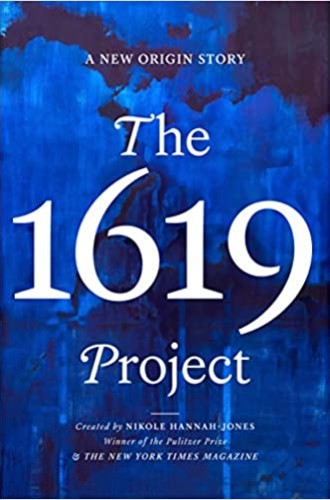Another look at the 1619 Project
I approached the project’s new anthology with some skepticism. Its contents quickly dispelled my doubts.
In 2019, 400 years after the first slave ship arrived in the English colony of Virginia, the New York Times featured a series of articles on the ways in which the legacy of slavery has shaped American history. The 1619 Project, as the series was called, provoked immediate controversy.
Many reviewers acclaimed its contributions, and adaptations for classroom use were adopted in some school systems. Others regarded the project as an outrageously tendentious rewriting of history that threw the founders under the bus and sought to impose an ideological tyranny of the left. One conservative scholar wrote that the Times was seeking to instill “hatred for the nation’s founding, its ideals, and for America’s majority group.” Before long, the articles and curricular materials were barred from schools in a dozen states, and half a dozen books appeared that claimed to expose the writers’ contempt for patriotic Americans.
Some eminent historians also responded critically, minus the hysteria. A dialogue ensued, leading to some concessions and motivating the authors and editors to dig more thoroughly into available sources. The 1619 Project is a hefty anthology that incorporates expanded and revised versions of the original articles and supplements them with historical vignettes, photographs, and works of poetry and fiction.






